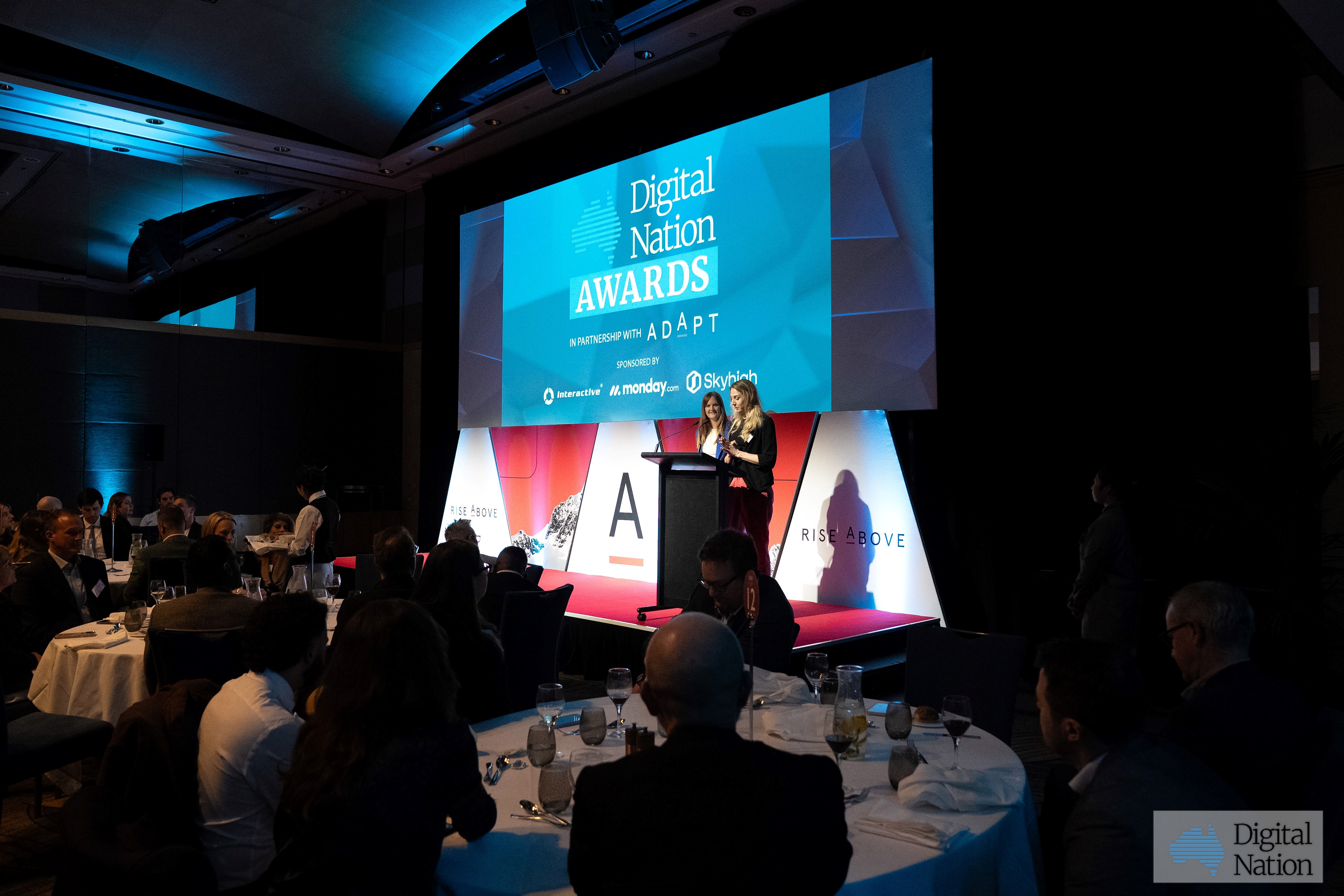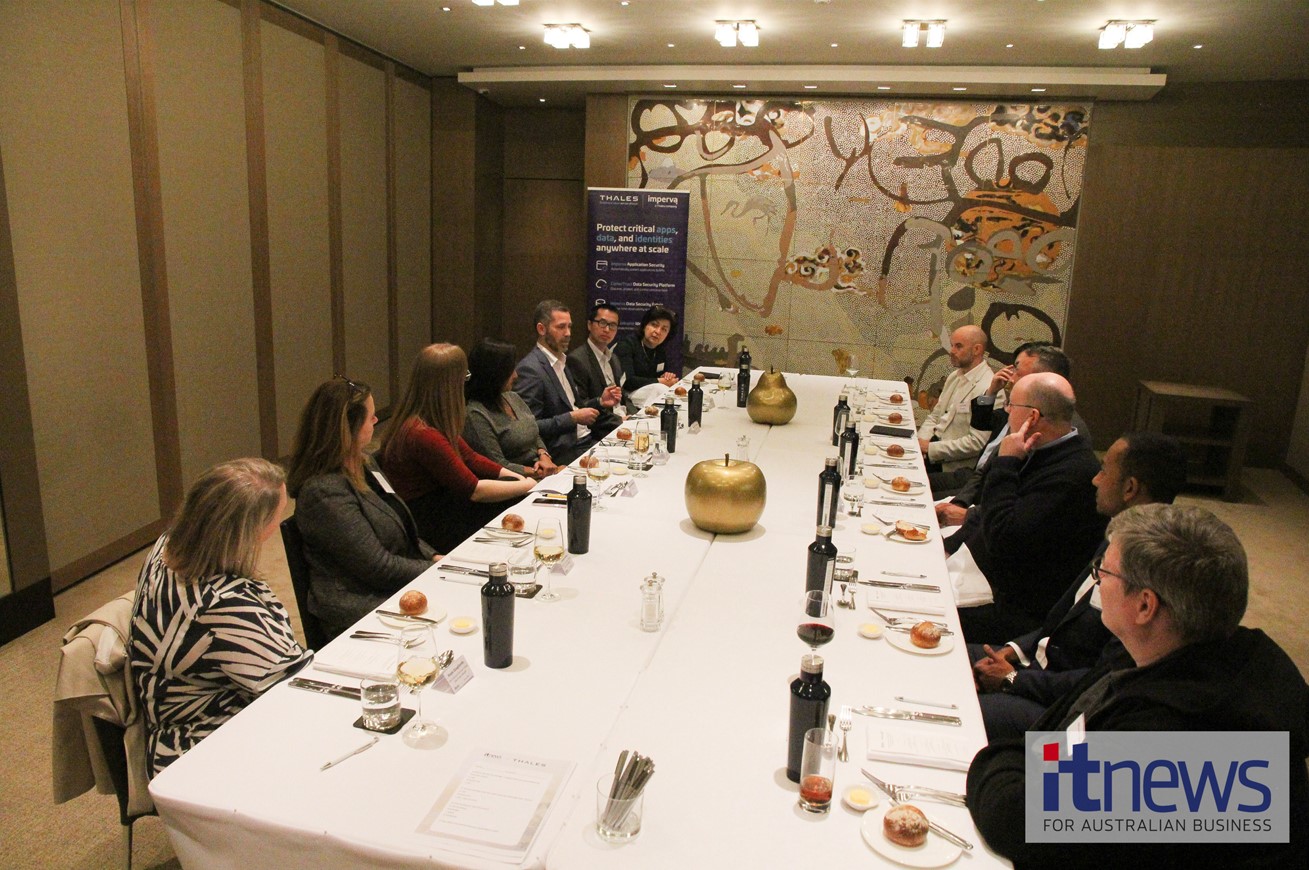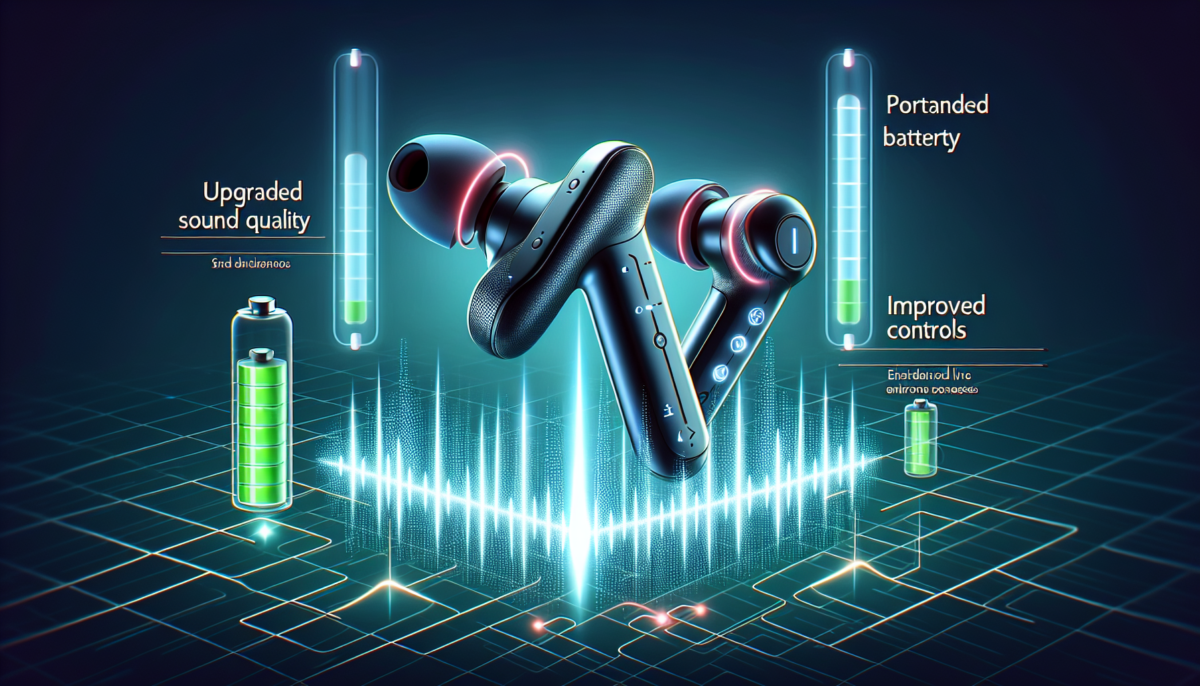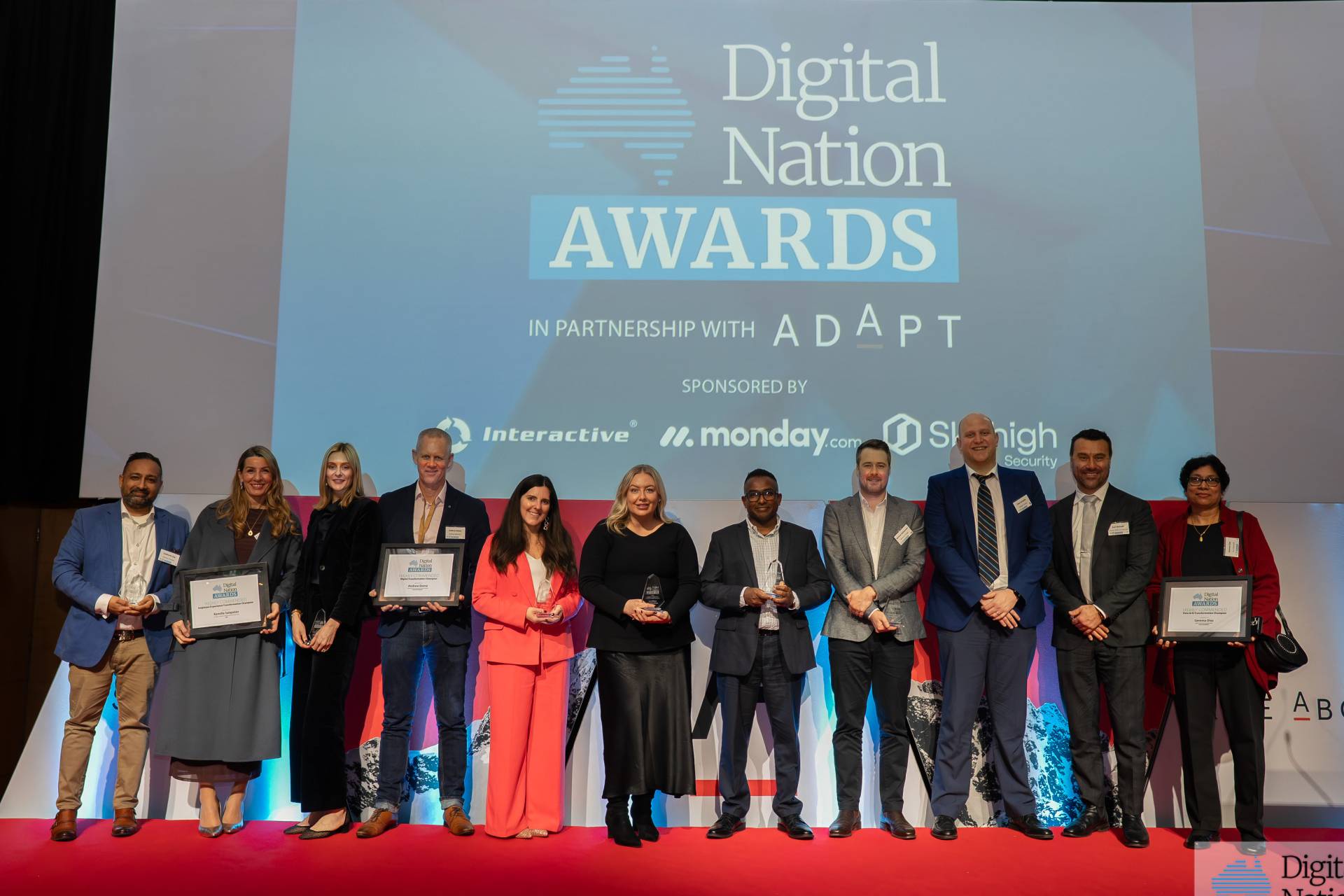In Images: Commemorating the 2025 Digital Nation Awards
We independently review everything we recommend. When you buy through our links, we may earn a commission which is paid directly to our Australia-based writers, editors, and support staff. Thank you for your support!
Quick Overview
- The 2025 Digital Nation Awards commemorate Australia’s advancements in the digital realm.
- Prominent sectors acknowledged include healthcare, finance, and education.
- Events emphasise the significance of technology in fostering economic development.
- Numerous networking prospects are available for leaders and innovators in the tech sector.
Focus on the 2025 Digital Nation Awards
The 2025 Digital Nation Awards, hosted in Sydney, displayed the height of digital innovation within Australia. Esteemed as one of the leading events in the technology schedule, these awards recognise the transformative abilities of technology across diverse fields. This year’s occasion was no different, showcasing the accomplishments of companies and individuals who have significantly impacted the nation’s digital environment.

Honoring Innovators from Various Sectors
Spanning from healthcare to finance and education, the awards highlighted the essential influence technology has on advancing these fields. As digital transformation rapidly progresses, the awards create a space for acknowledging those leading the charge in innovation.
Fostering Economic Development via Technology
A prominent theme of the evening was the vital part technology plays in fostering economic growth. As Australia aspires to establish itself as a global frontrunner in the digital economy, occasions such as the Digital Nation Awards underscore how innovation can drive industries ahead, generating new opportunities and efficiencies.
Networking and Collaborative Prospects
The awards additionally act as a key networking venue for industry leaders, innovators, and policymakers. Participants have the opportunity to exchange insights, build new alliances, and delve into potential partnerships that may influence the future of Australia’s technological arena.
Conclusion
The 2025 Digital Nation Awards persist as a standard for acknowledging excellence in technology throughout Australia. By celebrating the accomplishments of those spearheading digital innovation, the awards not only commemorate past achievements but also motivate future progress.















